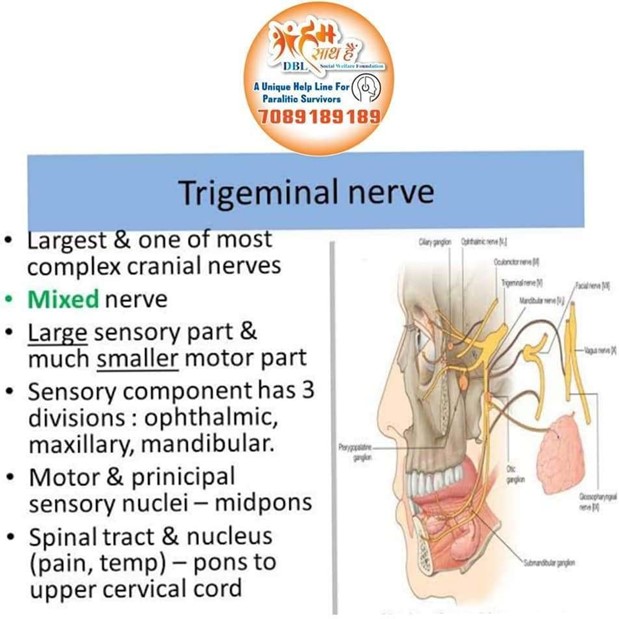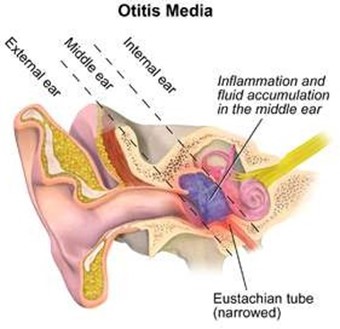A nurse is caring for an infant who has a patent ductus arteriosus.
The nurse should identify that the defect is at which of the following locations of the heart? (Select only the hot spot that corresponds to your answer.)
A
B
C
D
The Correct Answer is {"xRanges":[140.765625,170.765625],"yRanges":[113.609375,143.609375]}
The correct answer is choice B. The patent ductus arteriosus (PDA) is a vascular structure that connects the proximal descending aorta to the roof of the main pulmonary artery near the origin of the left branch pulmonary artery.
This essential fetal structure normally closes spontaneously after birth. After the first few weeks of life, persistence of ductal patency is abnormal.
Nursing Test Bank
Naxlex Comprehensive Predictor Exams
Related Questions
Correct Answer is B
Explanation
The trigeminal nerve is responsible for sensation in the face and motor functions such as biting and chewing.

Symmetrical jaw strength when biting down indicates proper functioning of the trigeminal nerve.
Choice A is wrong because it assesses the vestibulocochlear nerve, not the trigeminal nerve.
Choice C is wrong because it assesses the glossopharyngeal and vagus nerves, not the trigeminal nerve.
Choice D is wrong because it assesses the olfactory nerve, not the trigeminal nerve.
Correct Answer is ["B","C","D"]
Explanation
An infant with acute otitis media may exhibit crying, restlessness and fever.

Choice A is wrong because an infant with acute otitis media may have a decreased appetite.
Choice E is not the best answer because an enlarged subclavicular lymph node is not a common finding in acute otitis media.
Whether you are a student looking to ace your exams or a practicing nurse seeking to enhance your expertise , our nursing education contents will empower you with the confidence and competence to make a difference in the lives of patients and become a respected leader in the healthcare field.
Visit Naxlex, invest in your future and unlock endless possibilities with our unparalleled nursing education contents today
Report Wrong Answer on the Current Question
Do you disagree with the answer? If yes, what is your expected answer? Explain.
Kindly be descriptive with the issue you are facing.
